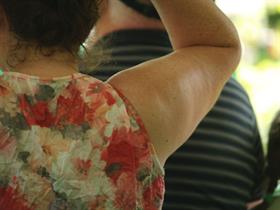 Learn about the structure of the Anatomy of the human body, through home studies.
Learn about the structure of the Anatomy of the human body, through home studies.
-
An in depth foundation course 1st year college or university level
-
For anyone working in health, fitness, sport, health or wellness industries who wants to go beyond the basics that might be covered in introductory courses such as a fitness leader certificate or health assistant certificate.
-
Through a heightened understanding of anatomy, you understand the body in greater depth and improve your capacity to work in any of these industries.
Human anatomy is the study of structure and its relation to function in the human body. Topics covered include surface, regional, systemic, and radiographic anatomy, plus cytology. This course assumes a basic understanding of anatomy, and is an ideal follow on from Human Anatomy and Physiology BSC101.